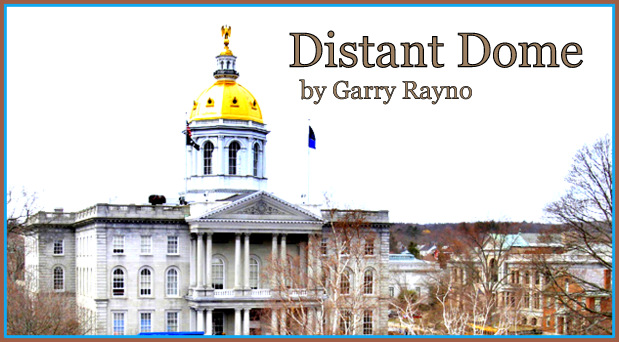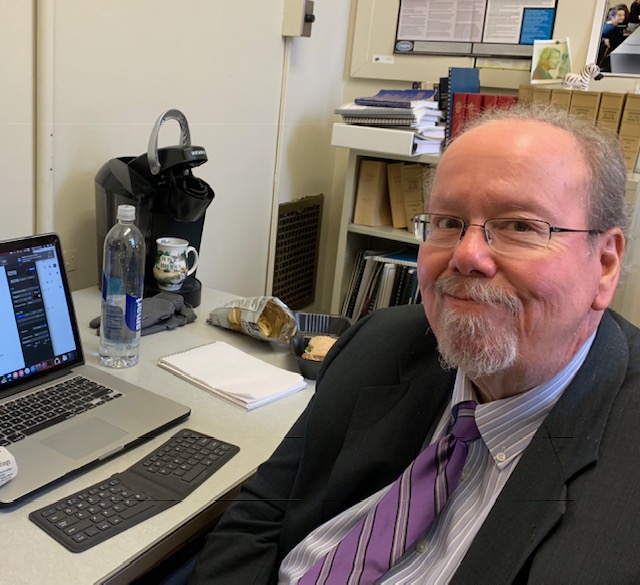
By GARRY RAYNO, InDepthNH.org
The problem with taxes is most people do not know how they work.
Taxes by their nature create winners and losers, usually more losers than winners.
But because the majority of people do not understand the finer points of taxation, the state has an upside down system for one of its biggest expenses, public education.
The system benefits those who live in property wealthy communities while penalizing those in property poor communities and their children.
The education funding commission that met two years ago, hired a noted national consulting firm to review state education data and student performances and the results showed what most everyone already knows: student performance is better in property wealthy school districts than in property poor districts.
The group proposed a funding formula based on a statewide property tax that would provide the necessary resources for every district and its students to perform at the state average level.
The consultants did not propose more spending on education, but did propose changes to how the money would be raised.
However, the statewide property tax is a hard sell given its history of outrage from donor towns so commission members were reluctant to endorse it.
The commission did endorse the consultants’ proposed change in how the state determines an adequate education, moving from the current input-based formula to one based on educational outcomes, but that was shot down by the current legislature last year.
The 2021-2022 lawmakers however decided to mess around with the statewide education property tax that funds a good share of the state’s education aid to school districts.
A statewide property tax is a state tax in theory, but raised at the local level. If you view it as a state tax, that would have made the consultants’ proposal fairer to both students and taxpayers, although those in property wealthy communities would not view it that way.
As most people know, New Hampshire is at or very near the bottom of the 50 states for public education support and at the very bottom for supporting higher education.
More than 60 percent of the money paying for public education comes from local property taxes with vastly varying rates, which is in essence unconstitutional under the state constitution as the state Supreme Court told lawmakers more than two decades ago.
Now let’s look at two approaches to taxes.
When Democrats were the majority in the legislature in 2019-2020, they approved $47.5 million in the last biennial budget to provide property tax relief for the more property poor communities in the state in what was called disparity aid.
The current budget approved last year by the Republican controlled legislature did away with the targeted aid to poorer districts and replaced it with $100 million used to reduce the current statewide education property tax assessment for the state down to $263 million.
The statewide property tax is based on a community’s equalized valuation, which is essentially adjusting the property value in each town at 100 percent of market value.
It is one way to accurately compare one town’s property tax rate with another’s as many communities’ assessments are either above or below current market value.
The legislature also included an additional $15 million for the property wealthy communities that retain the excess revenue they raise under the statewide property tax that is above what they would receive in state adequate education grants which are $3,787 per pupil.
Some communities raise more than the per student cost of the state-determined adequate education and retain the additional money so there are no “donor towns.”
Using figures from Reaching Higher New Hampshire, the affect of this change to the statewide property tax punishes property poor communities while enhancing state aid to the wealthiest.
For example, Moultonborough, with one of the lowest property tax rates in the state, did not receive any state money from the $47.5 million, but receives a savings of $1.8 million with the statewide property tax reduction meaning it is $1.8 million to the good.
On the other hand, Claremont, with one of the highest property tax rates in the state, received $2.5 million in state targeted disparity aid, but will only see a $372,497 reduction under the statewide property tax relief, meaning the community will lose $2.1 million in state aid, resulting in a $2.86 per $1,000 of valuation increase in its property tax rate.
Even a community in the middle of the property value spread like Derry, loses money with the savings in statewide property tax distribution.
Derry received $3.37 million in targeted aid, but just a $1.8 million reduction through the statewide property tax aid, meaning the state contribution will be reduced by $1.56 million, and increase the property tax rate by 43 cents per $1,000.
Berlin is an example of a community that will see its property tax rate increase substantially with the change.
Under the disparity aid last fiscal year, Berlin received an additional $1.64 million in state aid, but will only save $176,808 from the statewide property tax paid by the state.
The difference is a minus $1.47 million increasing the property tax rate by $4.14 million per $1,000.
Portsmouth on the other hand, did not receive disparity aid, but will receive a statewide property tax reduction of $3.3 million along with $2.3 million in supplemental aid to make up for the lost excess statewide property tax revenue it keeps.
One of the biggest winners is Nashua, which did not receive additional state disparity aid last year but will see a $5.75 million reduction in its statewide property tax obligation.
Another community losing more than $1 million in state aid under the switch is Rochester, at $2.1 million.
While Republicans touted the property tax savings of the $100 million, many communities in New Hampshire will receive less state aid than they did from the $47.5 million in disparity aid targeted to the property poor communities.
Anyone who tells you the state’s education funding system works fine, needs to do a little more research.
Unless there are changes, the inequities will only become worse, particularly as more and more money is funneled into education freedom accounts, which have created millions of dollars in new state obligations.
The money for the program comes from the state’s education trust fund which also funds state adequacy aid and per pupil aid to charter schools.
The law has an unusual provision that if the education trust fund does not have enough money to pay for the education freedom grants, they are to be drawn on the state’s general fund without approval from the Joint Legislative Fiscal Committee or the governor.
State budget writers estimate state revenues will produce $2.69 billion this fiscal year, although it could be more if the current revenue trends hold but not as much as last fiscal year which was fueled by federal aid that fired up the state economy and produced record profits for many large corporations.
Of the total state revenue, a little over $1 billion is earmarked for the education trust fund.
The first year of the education freedom account program costs the state between $8 million and $9 million, with about 90 percent of the money paying some of the tuition to private and religious schools for students who were not in public schools the year before.
The Legislative Budget Assistant predicted the state’s exposure for students in private and religious schools is about $70 million annually under the expansive program.
With more and more money for education freedom accounts, the pressure will grow on the education trust fund.
When the program was established in 2021, proponents did not approve any additional levy or rate increase to pay for it.
Instead the Republican controlled legislature and governor reduced the tax rates for business, and rooms and meals taxes and began phasing out the interest and dividends tax.
You might believe that is irresponsible budgeting especially when the education funding system is in drastic need of an overhaul.
Garry Rayno may be reached at garry.rayno@yahoo.com.
Distant Dome by veteran journalist Garry Rayno explores a broader perspective on the State House and state happenings for InDepthNH.org. Over his three-decade career, Rayno covered the NH State House for the New Hampshire Union Leader and Foster’s Daily Democrat. During his career, his coverage spanned the news spectrum, from local planning, school and select boards, to national issues such as electric industry deregulation and Presidential primaries. Rayno lives with his wife Carolyn in New London.






